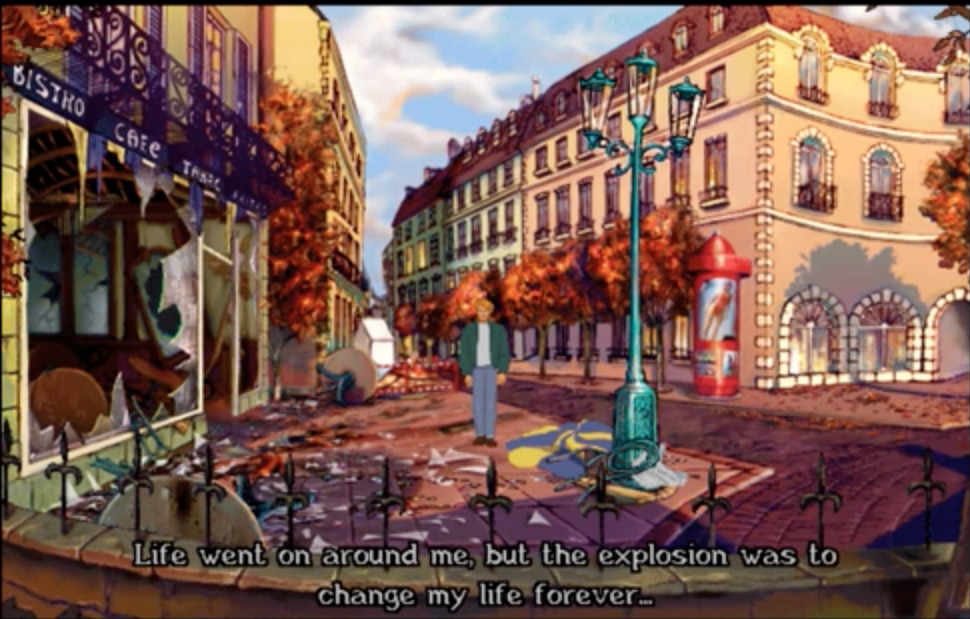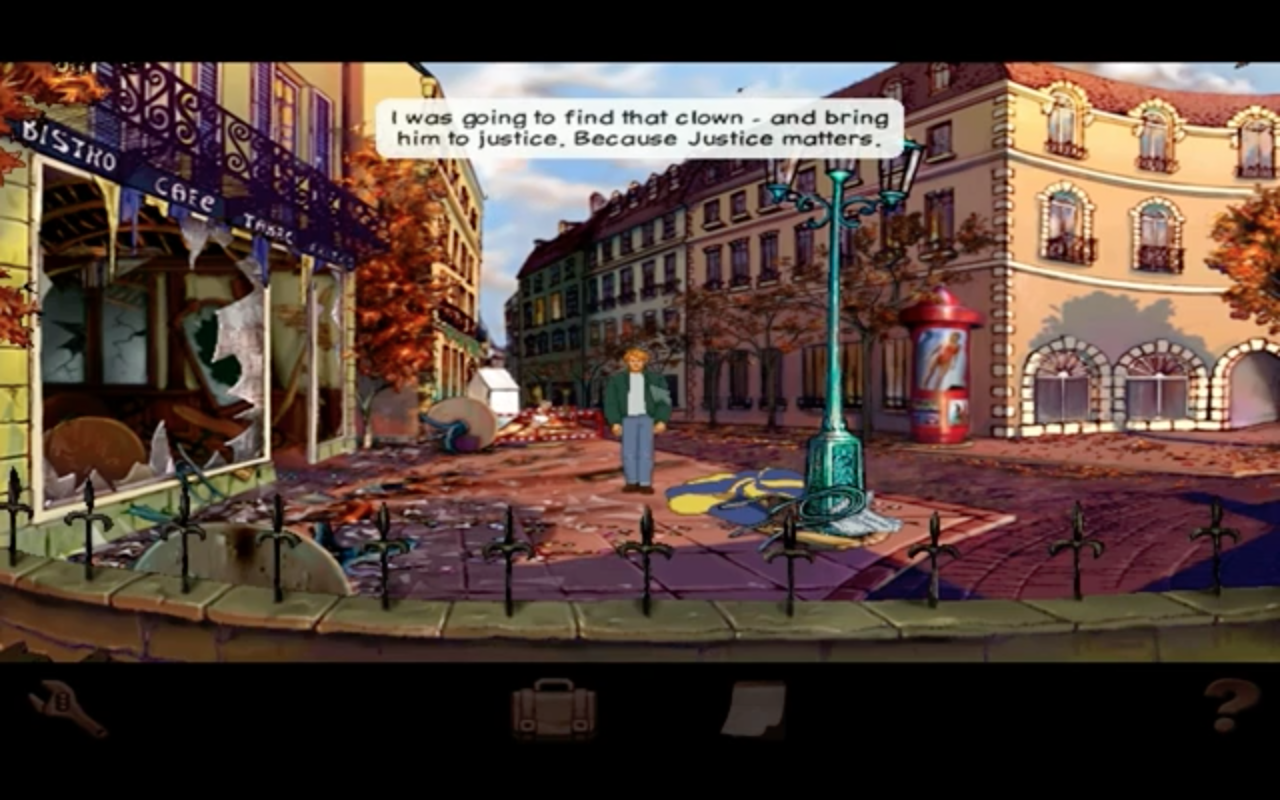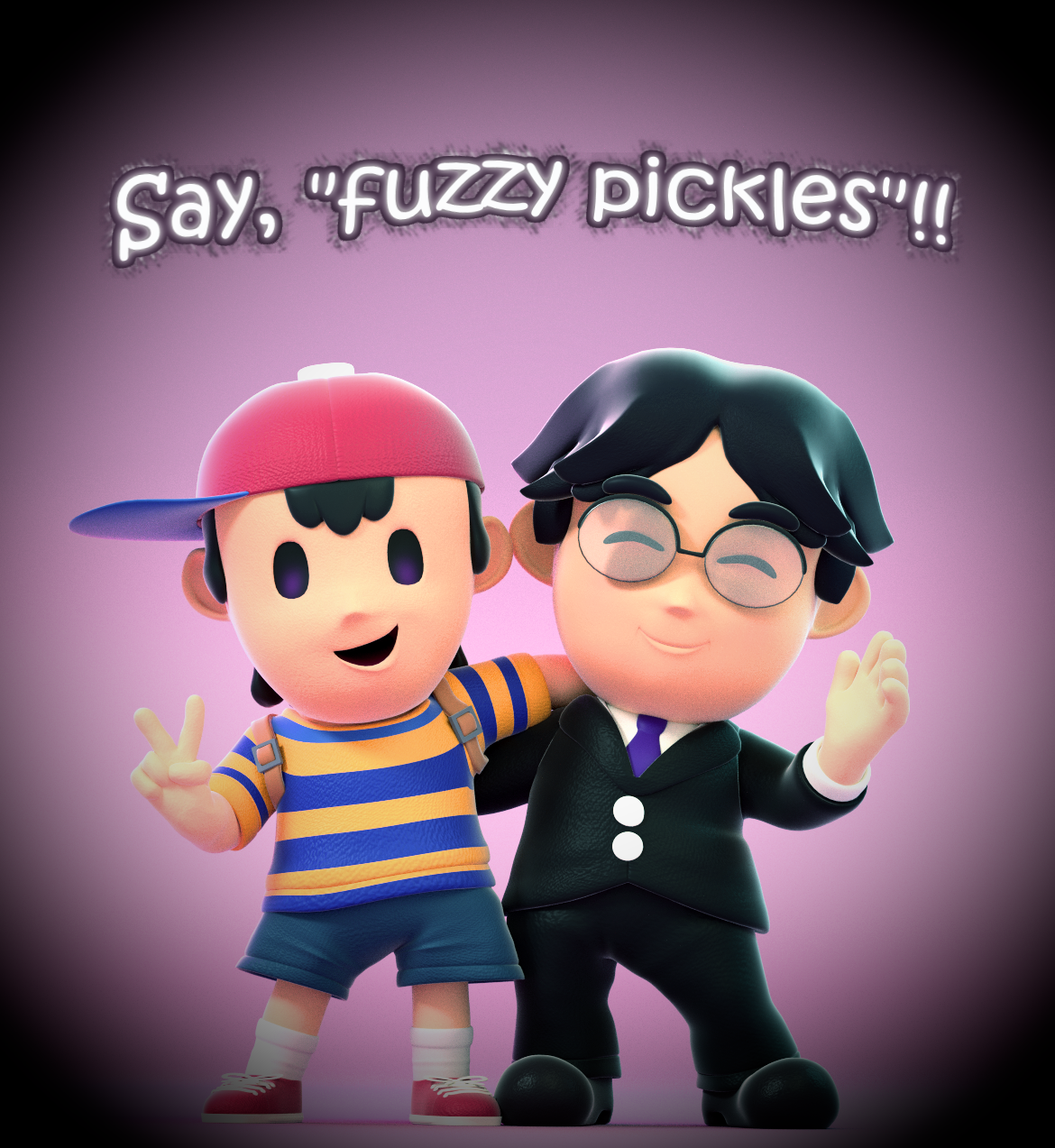428: Shibuya Scramble is an unequivocal, truly Japanese game, and one that nobody ever thought would come out in English--and the doubters were sort of right. The title was a Japan exclusive for many years since its original Wii release in 2008 but after a decade of being out of reach for the English market this cryptically Japanese exclusive was somehow able to be cracked and come September of 2018 made the journey to North American and European markets on PC through Steam and both physically and digitally on the Sony PS4. Honestly I still can’t believe it and I own the darn game! The journey to getting this game out is surely an interesting one, as localization director David Kracker recounted on the Playstation blog that he had to fight hard to get the game pushed forward for a worldwide release outside of Japan, but ultimately was able to do so by showing that appeal for niche games such as these have been increasing steadily since its original Wii release.
For many people 428: Shibuya Scramble will be their first experience with a Chunsoft sound novel--especially since the localized Kamaitachi no Yoru (Banshee’s Last Cry) is downright almost impossible to play now. Last blog post I discussed in detail what the heck a sound novel even is, and went through a brief history of the visual novel market in general covering where Chunsoft falls in and how much they contributed to the genre. So because of that I won’t go into too much heavy details on sound novels today, but the short and simple answer I gave in my previous entry is that a sound novel is two things. The first of which was a dated term that Chunsoft used regularly (mostly on the Super Famicom and Sega Saturn) and has since fallen out of use in favor of adopting visual novel. The second of which is the more complicated answer that sound novels are both the aforementioned term that was used by Chunsoft for their brand of visual novels and also a certain style of visual novels that would follow years later by other companies that were heavily inspired by the early works of Chunsoft often aping their presentation and narrative style, with 07Expansion’s Higurashi - When They Cry being one of the most popular examples.
If all that sounds like a bit much, or is just all greek to you, don’t worry--all you have to really take away from my rambling is that the Chunsoft seal of quality with 428 really means something, especially to fans of visual novels. You see, 428: Shibuya Scramble is actually a spiritual successor of sorts to Chunsoft’s earlier Machi sound novel released in 1998 on the Sega Saturn and later Sony Playstation. Machi was a highly well regarded game for its time that was a big hit both critically and with gamers, but despite its constant praise still sold poorly. Over the years people started to discover the game through its solid word of mouth and old fans and new fans alike were always clamoring for a sequel. After many years of begging Chunsoft finally delivered just that, and this is where 428: Shibuya Scramble comes in. By no means a direct sequel (so don’t worry you definitely DO NOT need to play Machi to understand the story) 428 is set in the same city of Machi (aka both take place in the same fictional version of Shibuya), and super fans will be able to spot some references and cameos from Machi sneaking in.
428: Shibuya Scramble is essentially a dream game to many hardcore fans in Japan that waited anxiously for a return to form from Chunsoft. When it came out the game even famously got a perfect score of 40 in the well known Famitsu gaming magazine--and this was back when you could still count perfect scores they gave out on your fingers, only 8 games prior made that list; nowadays the magazine is known for being far more forgiving with its reviews. So basically, what I am getting at is this is yet another game that was pretty huge back in Japan but sorely skipped over worldwide.
You may be thinking to yourself then, that’s all well and good, but what about the game itself? Well let me get into that. 428: Shibuya Scramble is as its name implies, a game about Shibuya, while you do take control of characters in the game, at large the characters themselves all feel like a part of the city. Shibuya is a living, breathing entity in 428, and you really get to explore the entire city from multiple perspectives in this one long, crazy day. Shibuya’s story is your story. There are multiple characters you get to play as and each one has their own unique, individual story to tell, but each story is interwoven into the others and they begin to overlap in creative and fun ways. This is where a large part of the game play comes from; finding out how decisions you made with one character affects the fate of another character.
Say for example if you are being chased in one character’s story and decide to run into a busy city street to escape your pursuers thus causing a traffic accident, in another story the character you are playing now is stuck in said traffic accident and cannot progress their story leading to a bad end. Everything you decide to do with one character not only affects that character’s fate but may even affect the entire city’s at large and change the outcome for every other character you play as too. Finding out how to best affect the story by jumping around the multiple characters and getting everything to play out just right is a lot of fun and no surprise was also a major feature in Machi prior.
Say for example if you are being chased in one character’s story and decide to run into a busy city street to escape your pursuers thus causing a traffic accident, in another story the character you are playing now is stuck in said traffic accident and cannot progress their story leading to a bad end. Everything you decide to do with one character not only affects that character’s fate but may even affect the entire city’s at large and change the outcome for every other character you play as too. Finding out how to best affect the story by jumping around the multiple characters and getting everything to play out just right is a lot of fun and no surprise was also a major feature in Machi prior.
There are a bevy of characters to interact with in Shibuya but the multiple residents in this major Japanese metropolis you take direct control of are Shinya Kano, a rookie detective trying to make his way in the force and crack a kidnapping case, Achi Endo, an ex-gang leader with a heart of gold trying to make Shibuya a better place, Minoru Minorikawa, an investigative journalist on a mission to save a life, Kenji Osawa, a brooding genius that just wants to be left alone but is trapped inside a corporate scandal that goes beyond anyone’s imagination, and Tama, a poor soul trapped in a big furry cat mascot costume that just wants to be free from the hell that is a terrible part time job. Each character has their own unique flavor they bring to the table and their own individual plots range from comedic to serious, romantic to frightening, and everything else in-between. Kano’s scenario is a pretty straightforward crime drama, while Osawa’s plays like a physiological thriller where you don’t know who to trust, meanwhile Tama and Minorikawa’s scenarios will have you on the floor laughing at the insane hijinks they manage to get into somehow, and Achi is kicking ass beating up thugs and saving a lost girl.
428 manages to combine all these different kinds of smaller stories into one large story seamlessly and it’s an incredible experience jumping between all these fun characters and seeing how they eventually interact with each other as the plot progresses. It’s hard for me to even pick a favorite character in the game as all of them are so well written, and so different from one each other. If I had to pick though, I would say Osawa is probably the protagonist I relate to the most and a lot of his big story moments left me teary eyed and really moved on a truly genuine personal level (I don’t think I’m a genius like him though).
I can praise 428 to the high heavens, and really a large part of me writing about it today is to do just that, but there is an elephant in the room I probably should address at some point. Something truly horrendous, something that prevents the game from ever being a true masterpiece, something that scares everyone away, the horror of … real life actors! Yeah, as I am sure it’s obvious by this point 428 uses real life actors and was actually filmed on location in the city of Shibuya. A lot of people are put off by this and honestly that kind of bums me out that so many are so unwilling to even try different things.
To go off on a bit of a tangent, my own personal opinion is that I freaking love the way 428 looks. I’m someone that quite enjoys campy FMV video games; stuff like Night Trap or any Tex Murphy adventure game is solidly right up my alley. I also enjoy unique mixtures of real life and animation, so I love rotoscoping a whole lot--I’m always ecstatic when I find a cool movie or animated series that is rotoscoped, and that’s a large draw to me for games that use it such as Hotel Dusk. So no, I really think 428 is a beautiful game visually that was made by real pros who had to use guerrilla film making in order to bring their vision to life because of laws that prevent filming on location in Shibuya. What the team was able to do here, while also hiding it from “the man” is incredible work!
Contextly Chunsoft’s sound novels opted to not use the now established format that predominantly is how visual novel look. Originally with Otogirisō this was because visual novels were still in their infancy and the now ubiquitous presentation where sprites are shown in front of background art had not yet taken off. Nobody really knew what visual novels at the time should look like. Otogirisō is actually commonly attributed as one of the earliest examples where a visual novel had background art to begin with and wasn't just mostly text or sprites presented over a black void. Chunsoft kept their games pretty consistent visually from that point, and characters were often not seen on screen, usually just presented through the use of silhouette if needed. This really helped the “novel” aspect of their visual novels, since you had to imagine the characters’ appearances mostly through the narrative descriptions about them just like in literature.
Over time this changed with the advent of CD hardware which meant the use of still image photography and Full-Motion-Video could really take off, and Machi ran with this new hardware looking much like how 428 does. You can say these games really have a more broad appeal to them too as they are not just “anime” games but games anyone can enjoy just like a good book. This while true in Japan does get a bit tricky for a localized title as a majority of the actors are Japanese which is off putting to a general public not used to watching Japanese cinema or TV dramas. For better or worse 428 is an unequivocal Japanese game, but I really implore anyone who is even the tiniest bit interested to try it out for themselves (especially since there is a free demo) and stay open minded about the game, because if you do, you will find one of the best written, and best localized games in a generation.
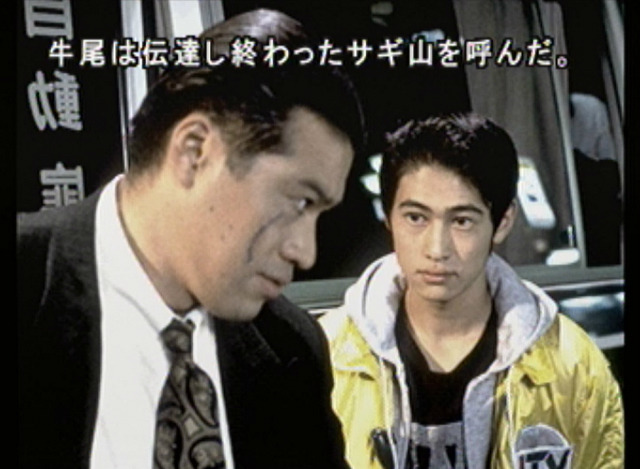 |
| 428: Shibuya Scramble's predecessor; Machi on the Sega Saturn |
428 didn't get a very fair shot when it came out in the English market. The month of September was jam packed with both Triple-A titles such as Marvel’s Spider-man and niche titles that could not be missed such as Dragon Quest XI: Echoes of an Elusive Age. The release date really was setting the game up to go against some huge competitors and with its enigmatic overly Japanese sensibilities 428 lacked much of the charisma to fight them. I followed the localization process very closely and this was a game I dreamt I could play for many years, but even I had to pass up grabbing the game on its release date and waited about a month or so until I managed to pick up my own copy as I had poured all my attention into Dragon Quest XI at that time which as bad as I feel for 428 I still don’t regret. By the time I wrote my annual favorite games of the year list I had to exempt 428 from it even, only writing a brief honorable mention as I knew I would love it but hadn't actually gotten to play it yet. The end of the year was far too packed with excellent titles vying for my and everyone else’s attention and what a shame, as 428 is now easily neck-and-neck with my then favorite game of the year Dragon Quest XI.
The truth is it will be very unlikely we will ever see a game like 428: Shibuya Scramble come out in English again. This was a very unlikely localization to happen in the first place, and a very risky one, but it sadly was not a runaway success. Anyone interested in the history of visual novels, sound novels, or seeing one of Chunsoft’s greatest titles definitely shouldn't pass this game up though. And anyone willing, I really recommend 428: Shibuya Scramble hard. If you love good storytelling in gaming, there isn't any better than what’s here. The story in 428 is so heart felt, and uplifting that I found myself crying a lot during my playthrough. I laughed, I cried, I found tons of inspiration for my own writing, 428 truly is a game that changes you. I think those are far too rare nowadays. This is a game that should be in any niche gamer’s PS4 or Steam collection.

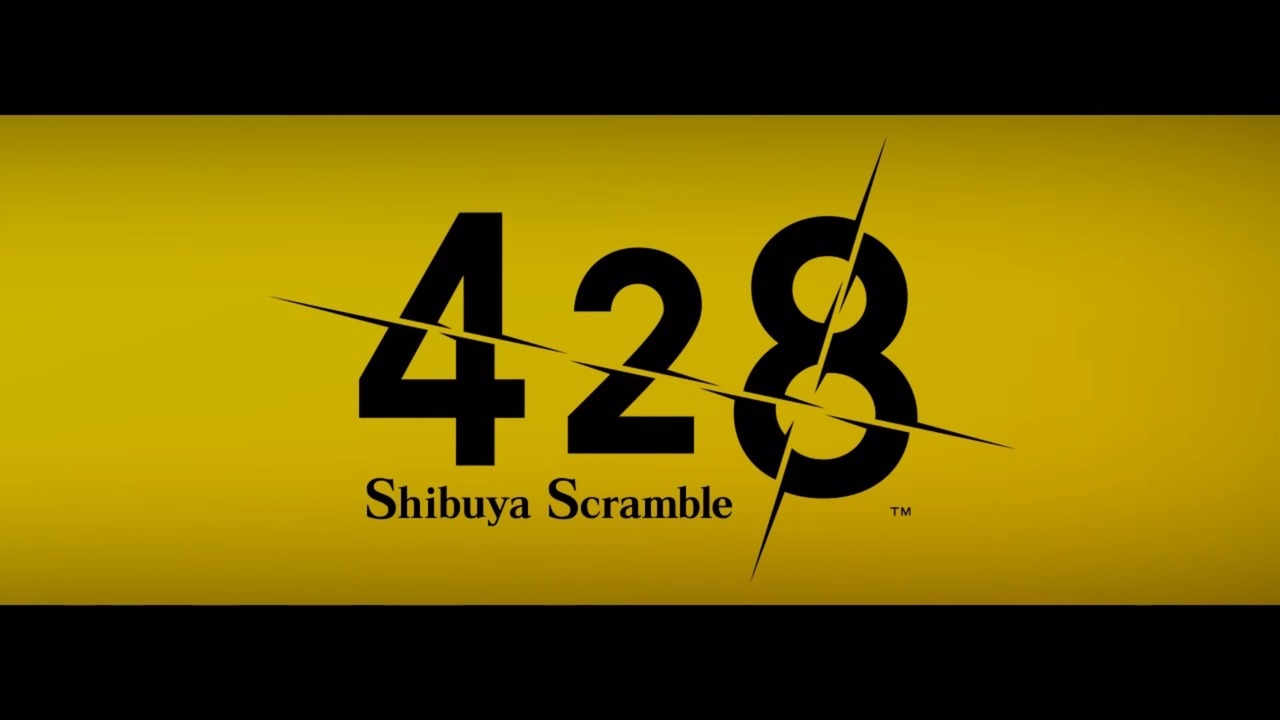
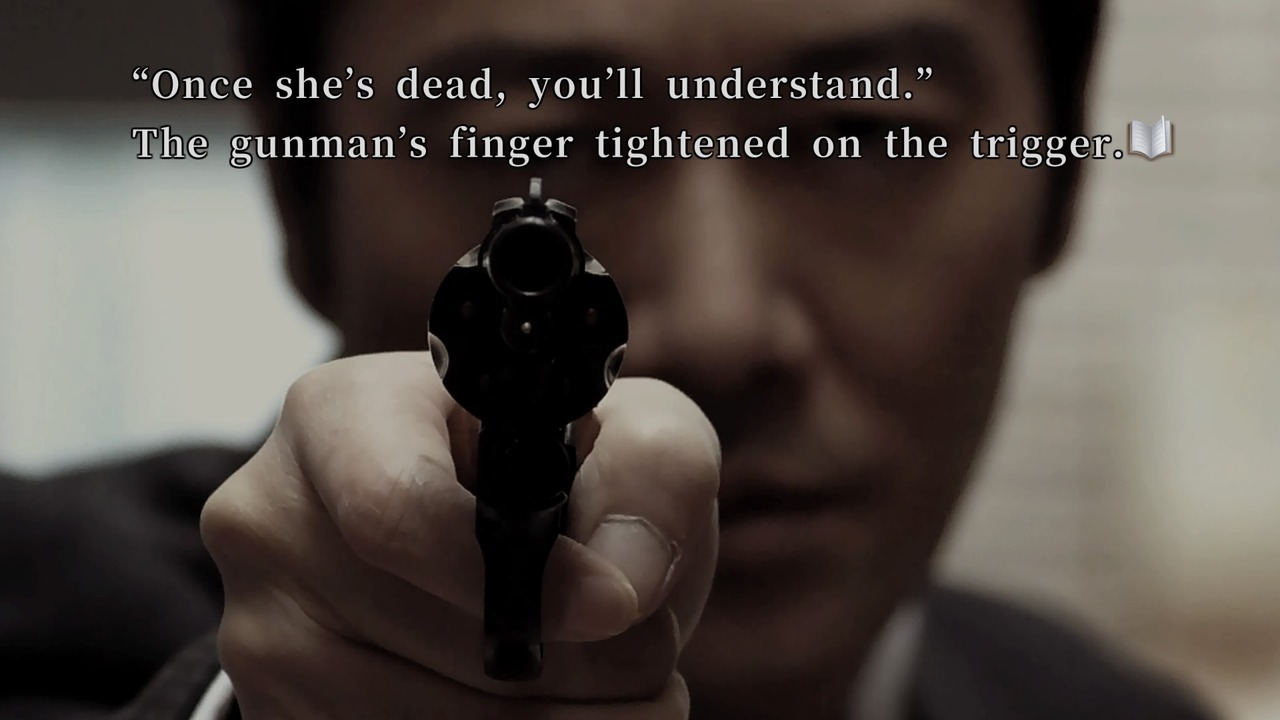
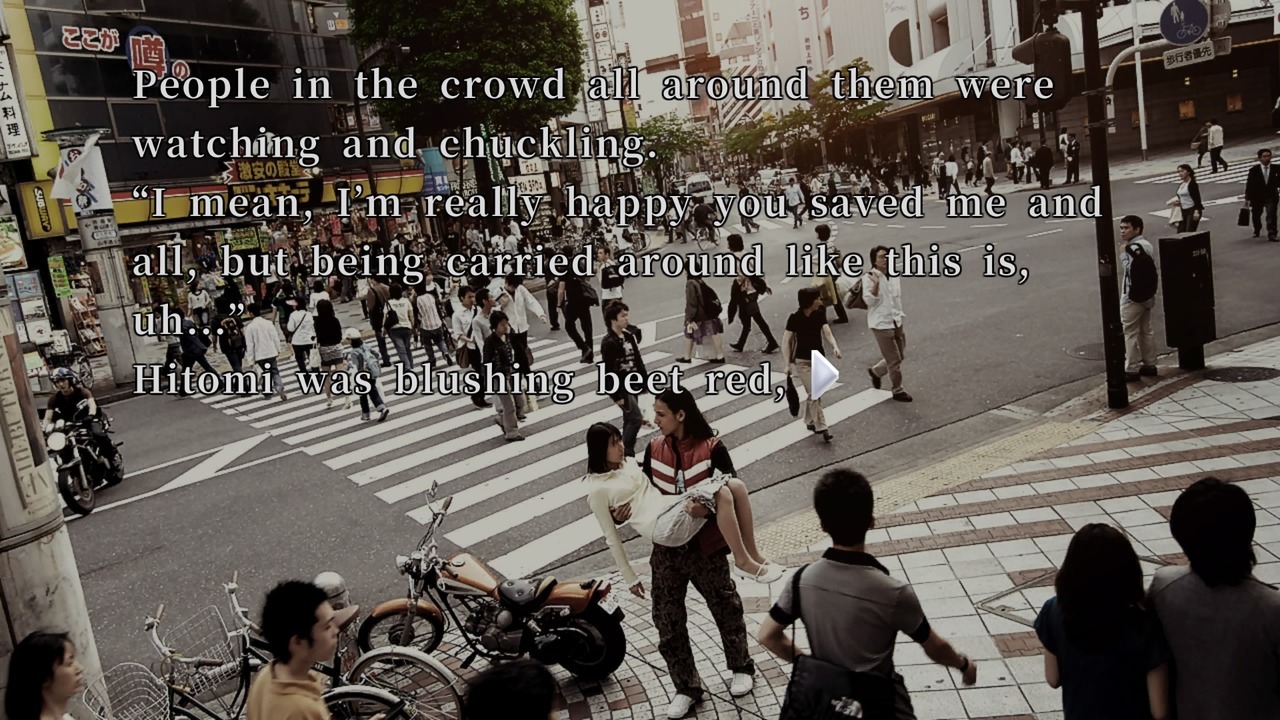
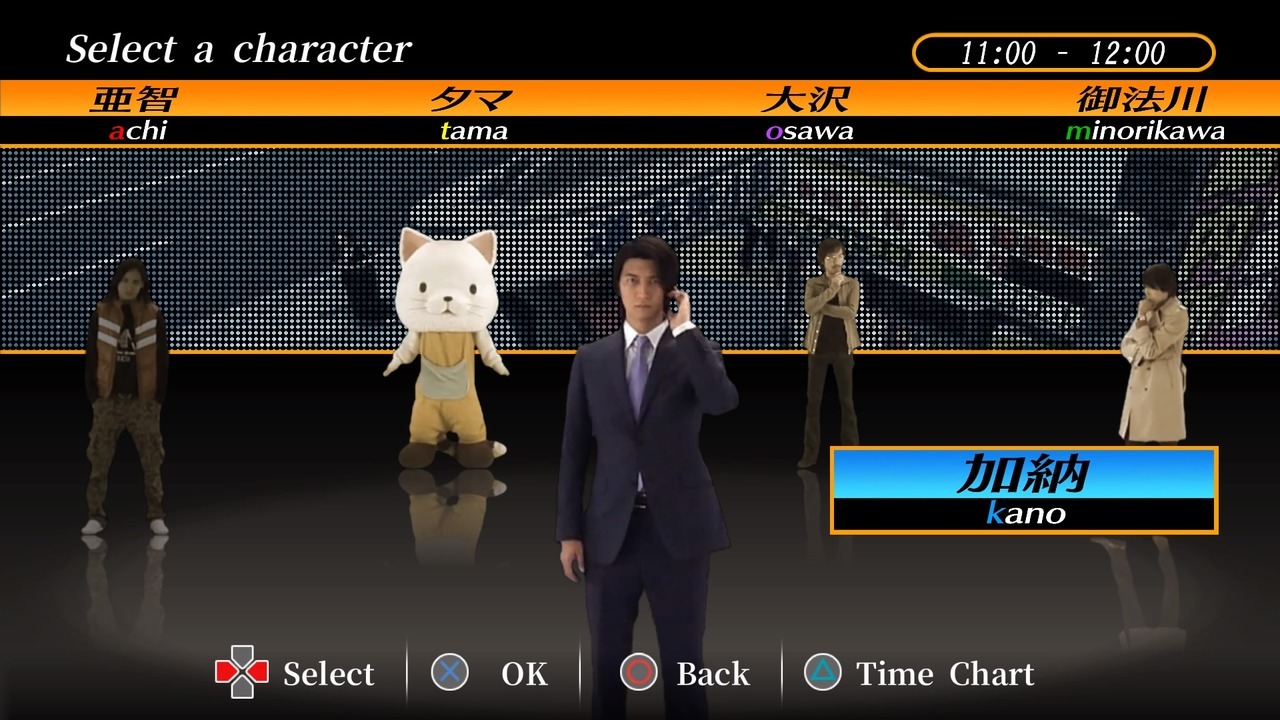
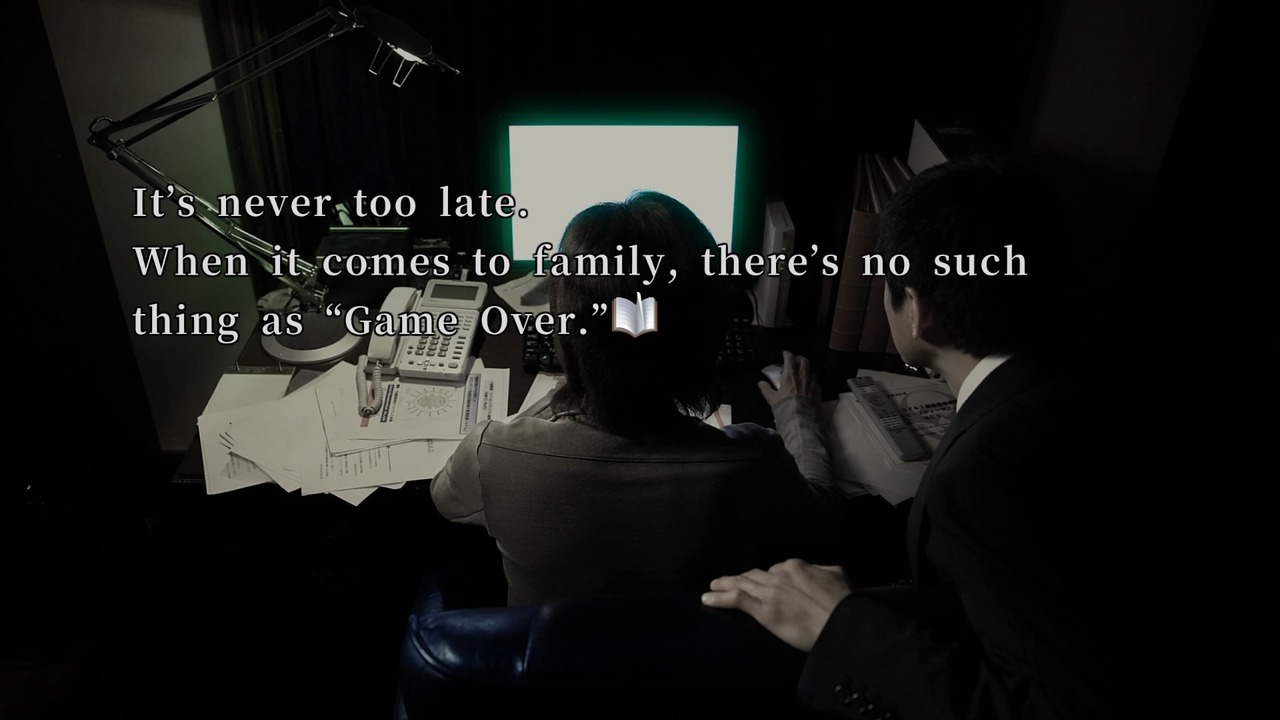
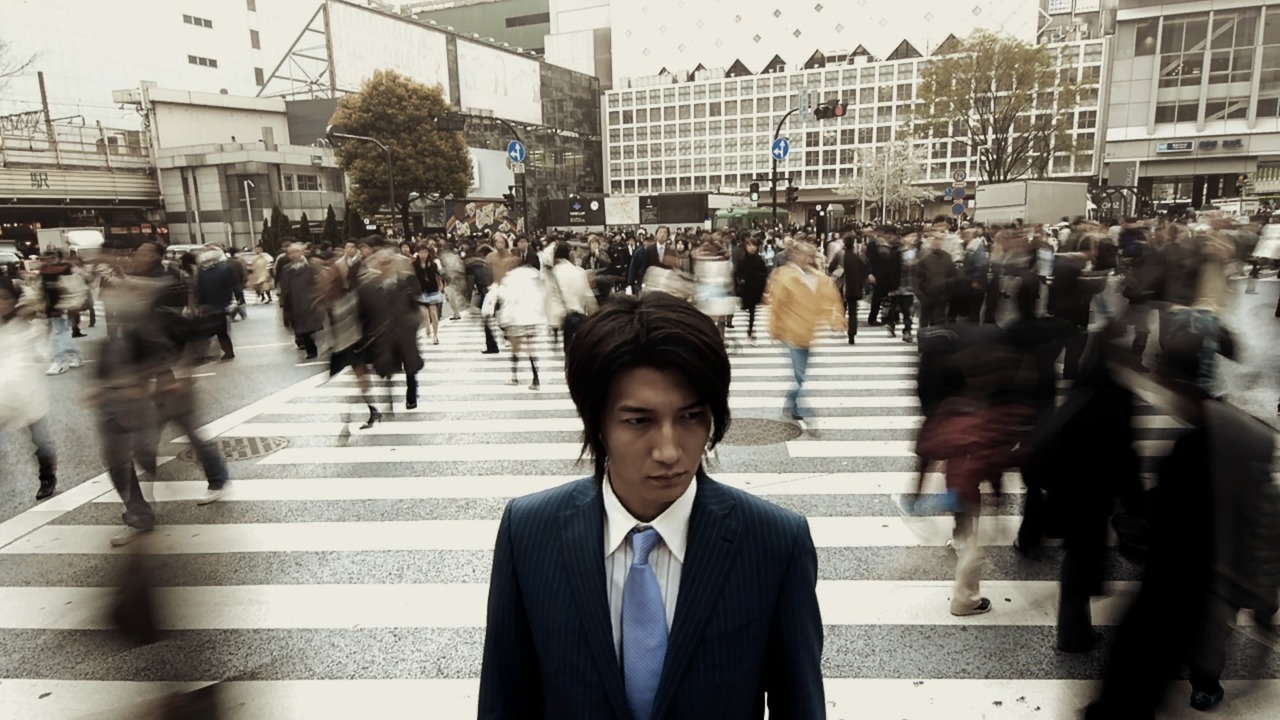
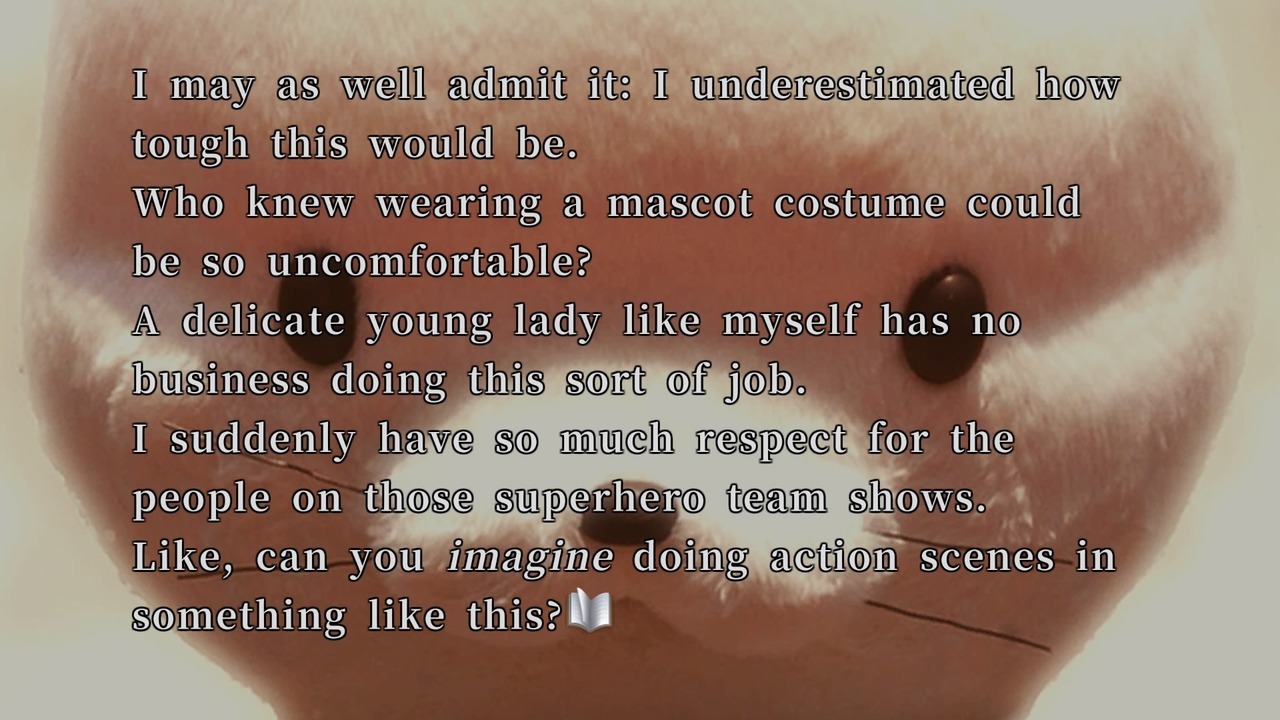
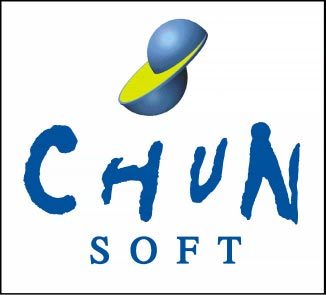
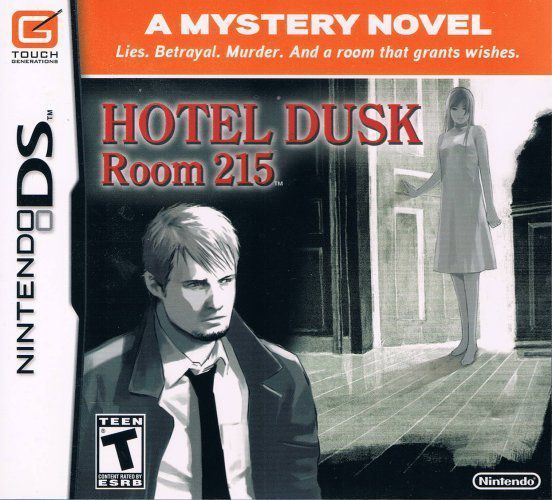
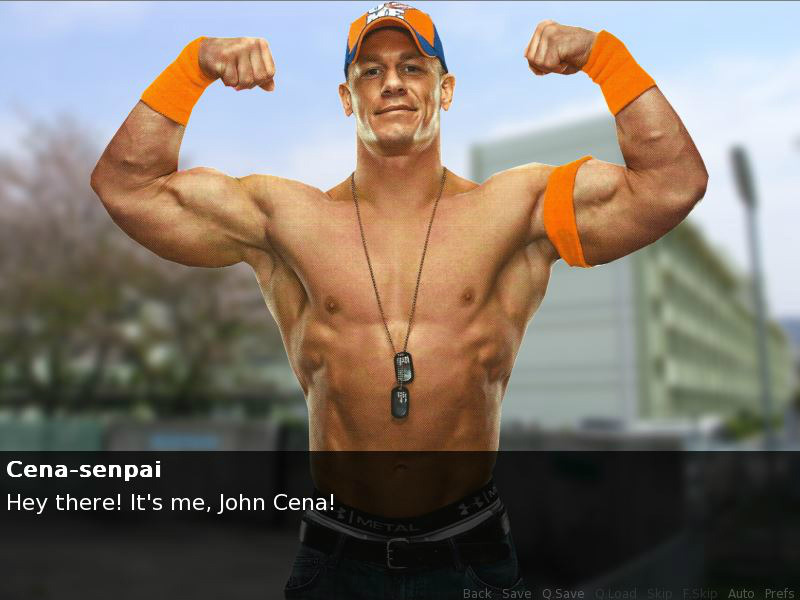
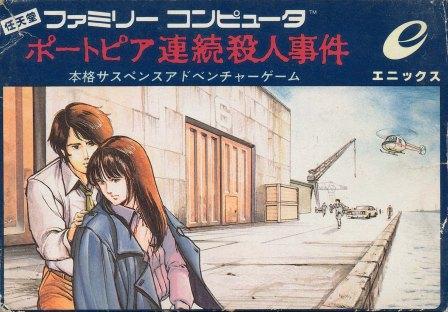
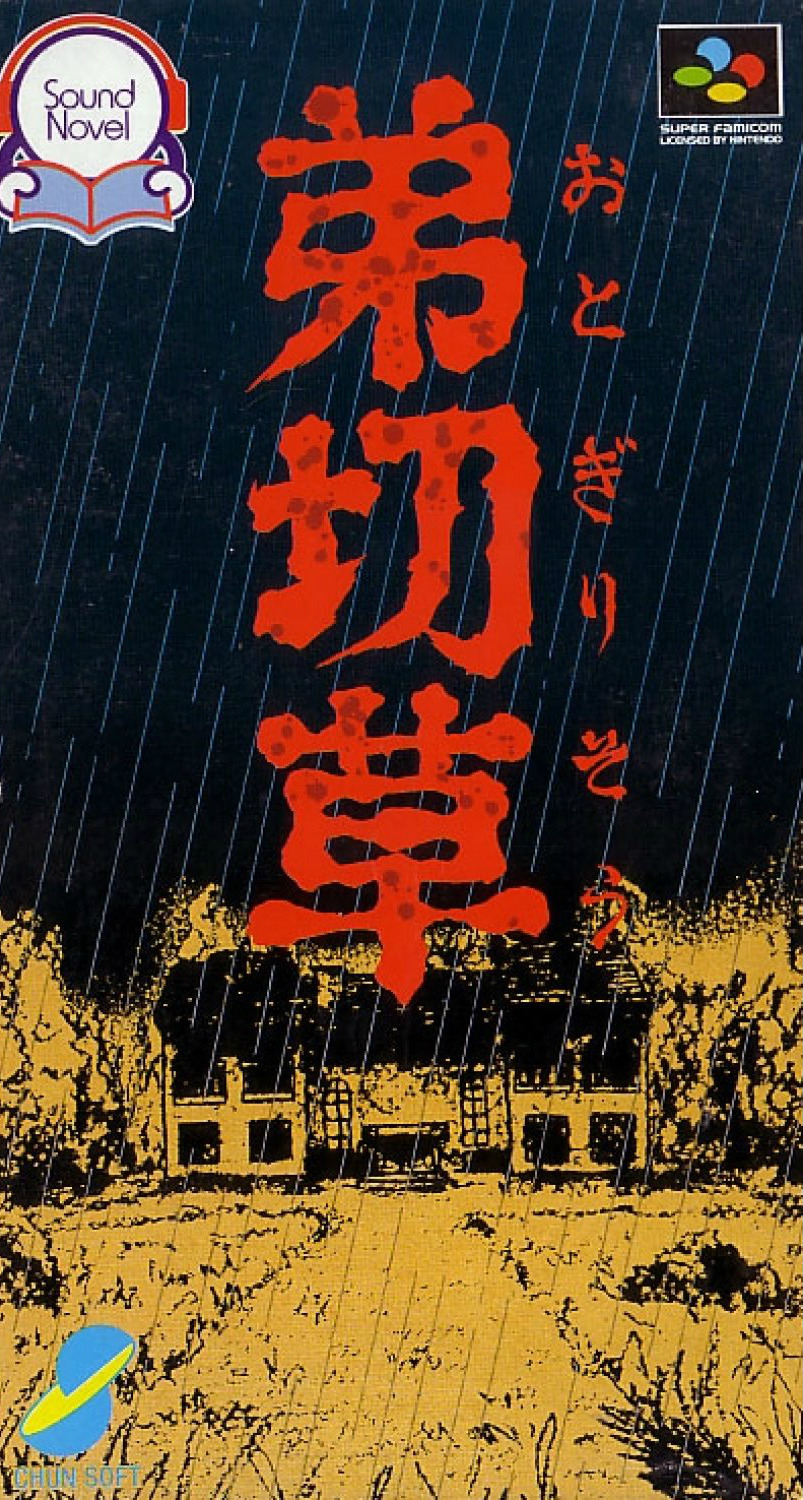

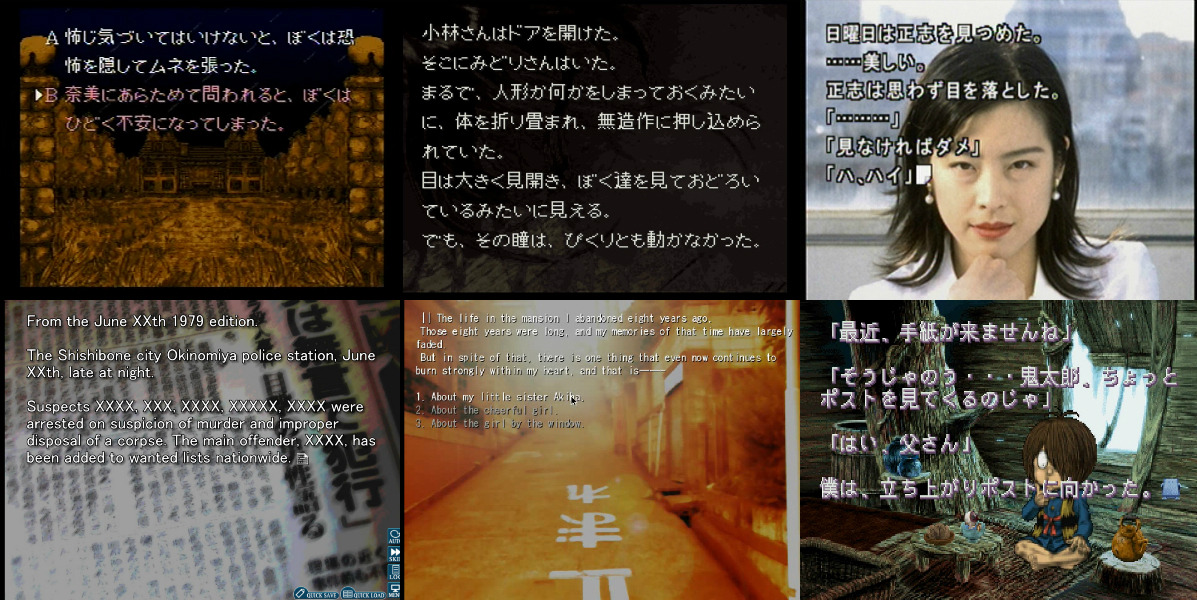
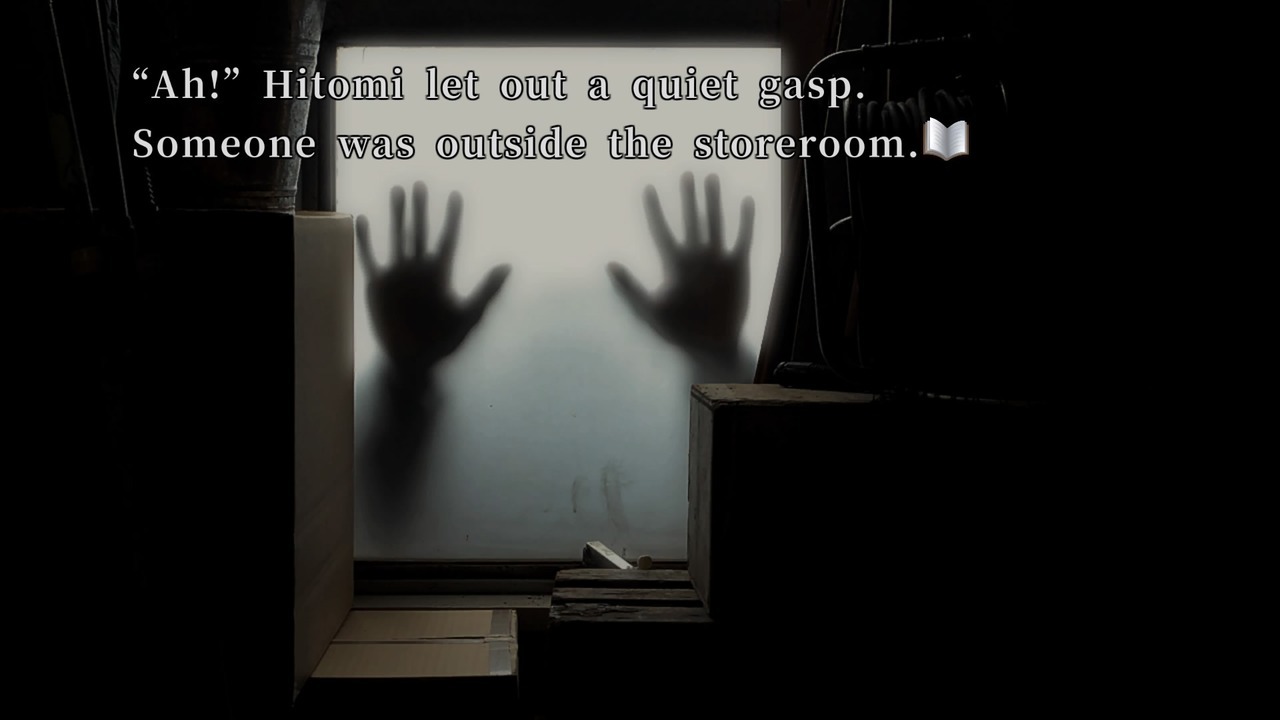



.jpg)






